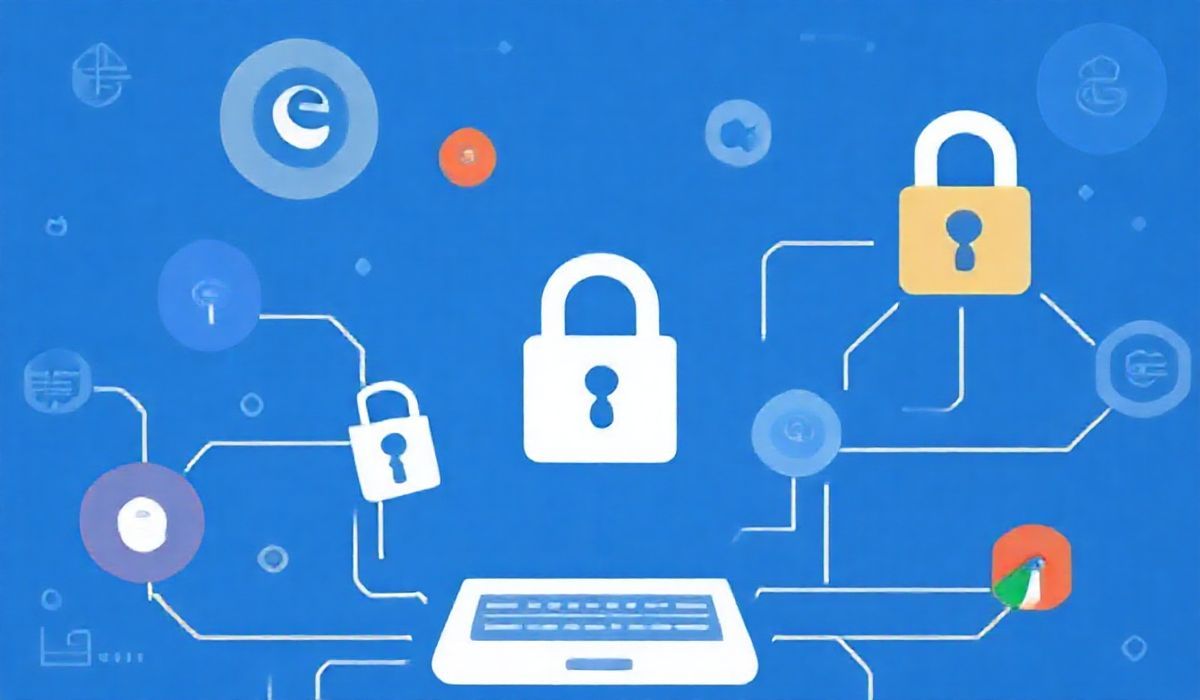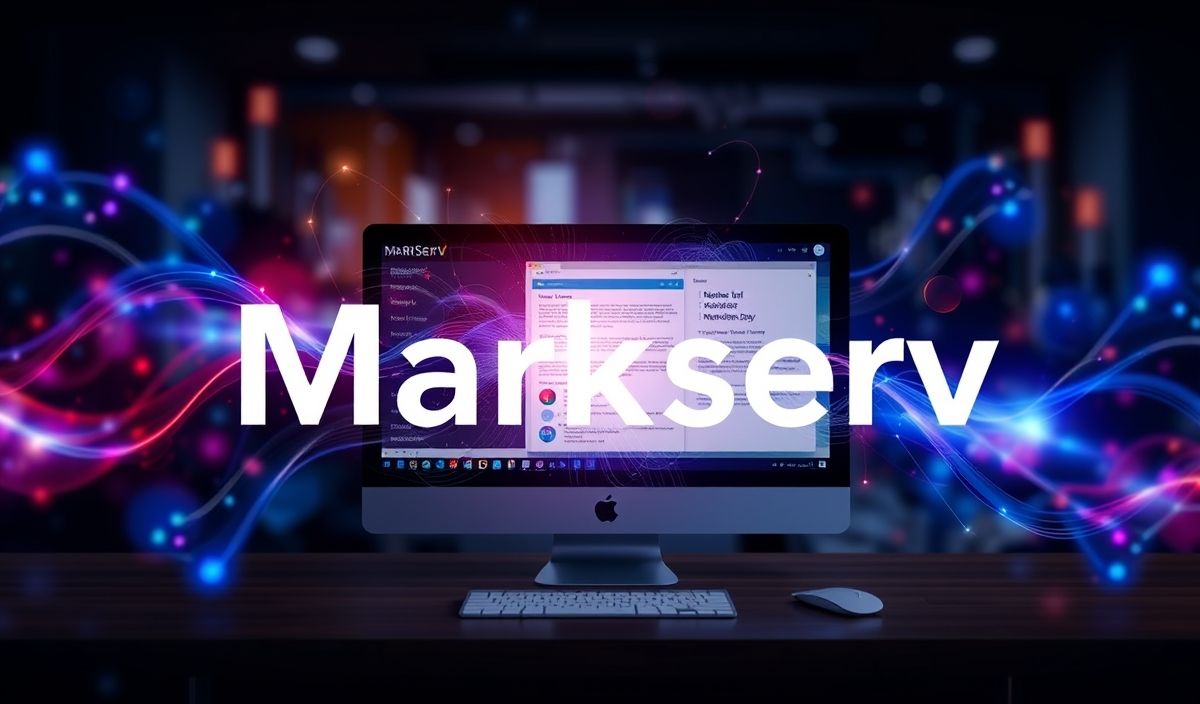Comprehensive Guide to Google Auth: A Developer’s Resource for API Integration
Google Auth is a robust and secure authentication library used for interacting with Google APIs. It simplifies user authentication, token management, and enabling secured API access. This is your ultimate guide to understanding and implementing Google Auth in your applications. Here’s an in-depth look at its features and functionalities with a series of practical examples to help you make the most of it.
Understanding Google Auth
google-auth is a Python library used for handling authentication for Google’s APIs. It supports several authentication methods, including OAuth 2.0, Service Accounts, and API keys, making it versatile and powerful for diverse use cases.
Key Features of Google Auth
- Support for multiple authentication mechanisms
- Integration with Google’s OAuth 2.0 server
- Ease of obtaining access tokens for secure API calls
- Seamless support for managing credentials
Getting Started with Google Auth
To begin, install the google-auth package:
pip install google-auth
Authenticating Using Service Accounts
To authenticate with a Google API through a service account:
from google.oauth2 import service_account
from googleapiclient.discovery import build
# Define the path to your service account key file
SERVICE_ACCOUNT_FILE = 'path/to/your/service-account-key.json'
# Define the required scope(s) for the APIs
SCOPES = ['https://www.googleapis.com/auth/spreadsheets']
# Authenticate using Service Account
credentials = service_account.Credentials.from_service_account_file(
SERVICE_ACCOUNT_FILE, scopes=SCOPES)
# Build a service object for a specific API, e.g., Google Sheets API
service = build('sheets', 'v4', credentials=credentials)
# Access a specific function of the API
spreadsheet_id = 'your-spreadsheet-id'
result = service.spreadsheets().get(spreadsheetId=spreadsheet_id).execute()
print(result)
Authenticating Using OAuth 2.0
For scenarios requiring user authentication with OAuth 2.0:
from google_auth_oauthlib.flow import InstalledAppFlow
from googleapiclient.discovery import build
# Define the required scope(s) for the APIs
SCOPES = ['https://www.googleapis.com/auth/calendar.readonly']
# Initiate OAuth 2.0 Flow
flow = InstalledAppFlow.from_client_secrets_file(
'path/to/client_secrets.json', SCOPES)
credentials = flow.run_local_server(port=0)
# Build a service object for a specific API, e.g., Google Calendar API
service = build('calendar', 'v3', credentials=credentials)
# Retrieve user's calendar data
calendar_list = service.calendarList().list().execute()
print(calendar_list)
Using API Keys
For lightweight authentication via API keys:
from googleapiclient.discovery import build
# Define the API key and service to use
API_KEY = 'your-api-key'
service = build('youtube', 'v3', developerKey=API_KEY)
# Call an API function, e.g., search for videos on YouTube
request = service.search().list(
part='snippet',
q='Google Auth Tutorial',
maxResults=5
)
response = request.execute()
print(response)
Creating a Google Auth Powered Application
Let’s build a Flask-based web application that integrates Google Calendar using OAuth 2.0:
from flask import Flask, redirect, url_for
from google_auth_oauthlib.flow import Flow
app = Flask(__name__)
SCOPES = ['https://www.googleapis.com/auth/calendar.readonly']
CLIENT_SECRETS_FILE = 'path/to/client_secrets.json'
@app.route('/')
def index():
return 'Welcome to Google Auth App'
@app.route('/login')
def login():
flow = Flow.from_client_secrets_file(
CLIENT_SECRETS_FILE,
scopes=SCOPES)
flow.redirect_uri = url_for('callback', _external=True)
authorization_url, _ = flow.authorization_url(prompt='consent')
return redirect(authorization_url)
@app.route('/callback')
def callback():
flow.fetch_token(authorization_response=request.url)
credentials = flow.credentials
service = build('calendar', 'v3', credentials=credentials)
events = service.events().list(calendarId='primary').execute()
return events
if __name__ == '__main__':
app.run(port=8080)
Conclusion
The google-auth library provides a versatile and secure way to authenticate and interact with Google’s APIs. Whether you are using service accounts, OAuth 2.0, or API keys, this guide is your stepping stone to building impactful applications powered by Google services. Try out the examples provided and integrate them into your projects today!




